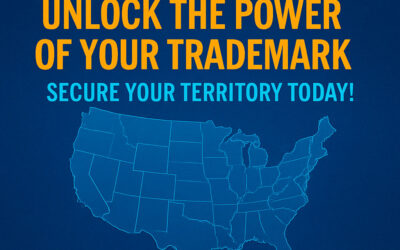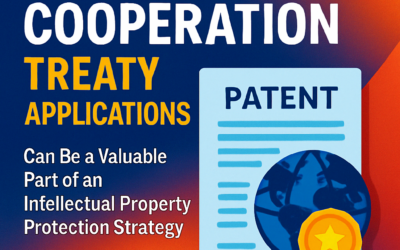When coming up with a brand for your business, it can be hard to think of something truly unique and attention-grabbing. Especially in the midst of a trademark application surge, it can feel like it’s all been done before. But a unique brand is more than just good marketing. It also comes down to the protection of your intellectual property.
It’s important to start off with a unique brand in order to actually have your application pass through the trademark application process. For instance, you couldn’t open a coffee shop named Café and simply trademark the use of that word, because it’s too generic. You have to come up with your own unique name. But as your business grows, you could also risk your brand becoming generic.
Brands like Kleenex and Google have become synonymous with what they do. You call a facial tissue a kleenex, regardless of whether it’s the kleenex brand, and refer to searching the internet as googling, even if you use Bing or Yahoo! This may seem flattering to become such a household name, but it could also lead to a loss of protections. Kleenex and Google have retained their trademark despite this, other brands such as Dumpster, Xerox, or Thermos have become “genericized,” meaning the name has become so associated with the type of product that they’ve actually lost their trademark protection.
Here’s how you can avoid this with your brand:
Monitor the Use of Your Trademark and Enforce Your Rights
No one wants to be the big name brand that comes down on all the little brands for small trademark infringements…but those small trademark infringements could be the beginning of your brand becoming generic. That’s why it’s important to monitor the use of your trademark, and if you find that someone is using it for their own purposes, take action. Typically a cease and desist letter will be all it takes to stop the trademark infringement.
You can monitor the use of your trademark by occasionally checking USPTO filings to see if anyone has applied for a trademark similar to your own recently. You can also set up a Google alert that will let you know when your trademark comes up so you can see if it’s being used without your consent.
Use Your Own Trademark In the Correct Way Every Time
Part of your trademark is the way that it’s written out on the trademark application. For instance, your trademark might be written out in ALL CAPS, or with a unique spelling, or followed by a symbol like ® or ™. However your trademark appears on your filing, that’s how you need to refer to your trademark every time. While it might be easier to use proper capitalization or to drop the subsequent trademark symbols, doing so can make it easier for others to do the same, and in time your trademark could begin to become generic.
Use the Trademark to Refer To Your Brand, Not Your Product
When we see an insulated travel mug these days, we call it a thermos. When we see a large trash bin, we call it a dumpster. But once these were brand names, not ways to refer to a product. Over time, however, they became synonymous with the product itself and became generic, eventually losing protections.
That’s why it’s important that in your branding and marketing, you make it clear to customers that your trademark refers to your brand and not the product. While it’s always easy to shorthand something by referring to the brand — especially for an exciting and unique product — you want to be as clear as possible that there is a distinction between the two.
Your brand is your own, and you worked hard to create it. That’s why your trademark is there to protect it. But it’s your job to ensure that your brand doesn’t become generic over time…with the help of your IP legal experts. Garcia-Zamor has over 20 years of experience helping a wide variety of clients protect their intellectual property and we can help you protect your unique brand. Contact us today to learn more about our services or to set up a consultation.







